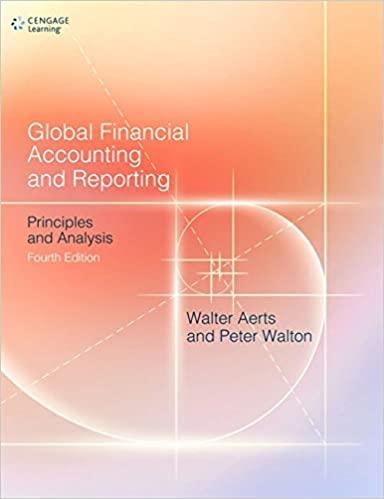5. A developing world charity, ActionAssist (AA), based in the USA, is negotiating with a pharmaceutical company, Profits'R'US (PRU) over the amount they will pay ($M) for the quantity of Ebola vaccine they will need for the next 5 years. AA believe that they and the PRU each have three possible strategies they may employ in these negotiations. If PRU adopts strategy P1 then AA expects to pay ($M) 5, 10 and 1 for the vaccine if they adopt strategies A1, A2 and A3, respectively. If PRU adopts strategy P2 then AA expects to pay ($M) 8, 1 and 10, if they adopt strategies A1, A2 and A3, respectively. If PRU adopts strategy P3 then AA expects to pay ($M) 8, 12 and 5 if they adopt strategies A1, A2 and A3, respectively. (a) Explain why P3, A1 might appear to be a likely outcome to these negotiations and explain why it is actually unlikely that AA and PRU will employ these strategies in practice. [25 marks] (b) Explain why PRU are unlikely to employ P1 in these negotiations. [15 marks] (c) Determine with what probability AA should employ strategy A2 and what they can expect to pay for the Ebola vaccine. [35 marks] (d) Explain why it might be more sensible to model these negotiations as a non zero-sum game and what factors then need to be considered in trying to reach an 'optimal solution [25 marks] 5. A developing world charity, ActionAssist (AA), based in the USA, is negotiating with a pharmaceutical company, Profits'R'US (PRU) over the amount they will pay ($M) for the quantity of Ebola vaccine they will need for the next 5 years. AA believe that they and the PRU each have three possible strategies they may employ in these negotiations. If PRU adopts strategy P1 then AA expects to pay ($M) 5, 10 and 1 for the vaccine if they adopt strategies A1, A2 and A3, respectively. If PRU adopts strategy P2 then AA expects to pay ($M) 8, 1 and 10, if they adopt strategies A1, A2 and A3, respectively. If PRU adopts strategy P3 then AA expects to pay ($M) 8, 12 and 5 if they adopt strategies A1, A2 and A3, respectively. (a) Explain why P3, A1 might appear to be a likely outcome to these negotiations and explain why it is actually unlikely that AA and PRU will employ these strategies in practice. [25 marks] (b) Explain why PRU are unlikely to employ P1 in these negotiations. [15 marks] (c) Determine with what probability AA should employ strategy A2 and what they can expect to pay for the Ebola vaccine. [35 marks] (d) Explain why it might be more sensible to model these negotiations as a non zero-sum game and what factors then need to be considered in trying to reach an 'optimal solution [25 marks]







